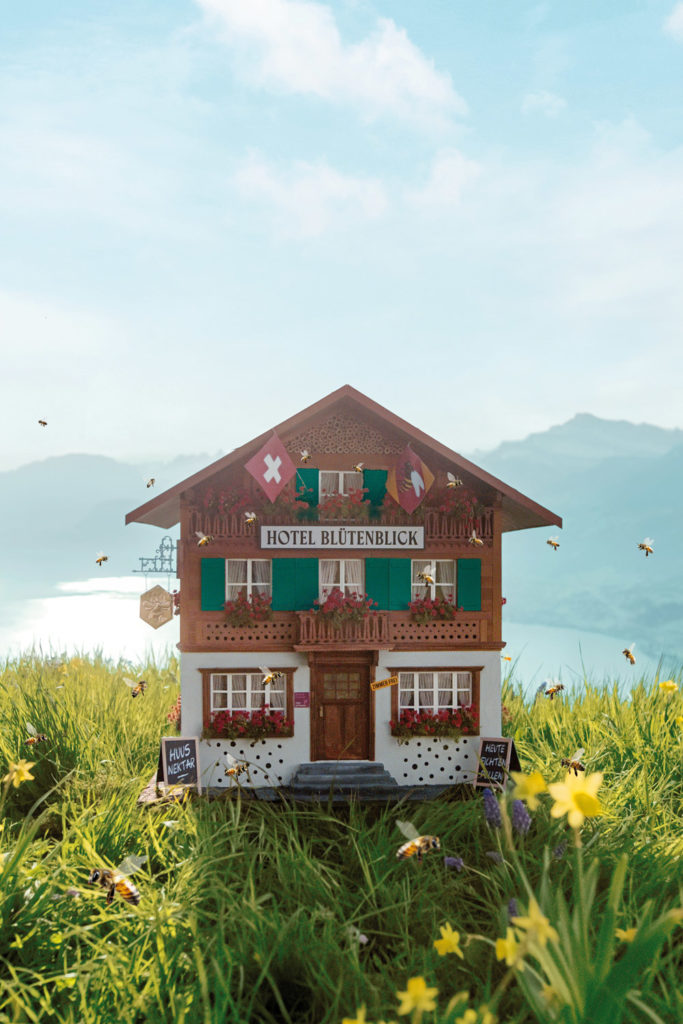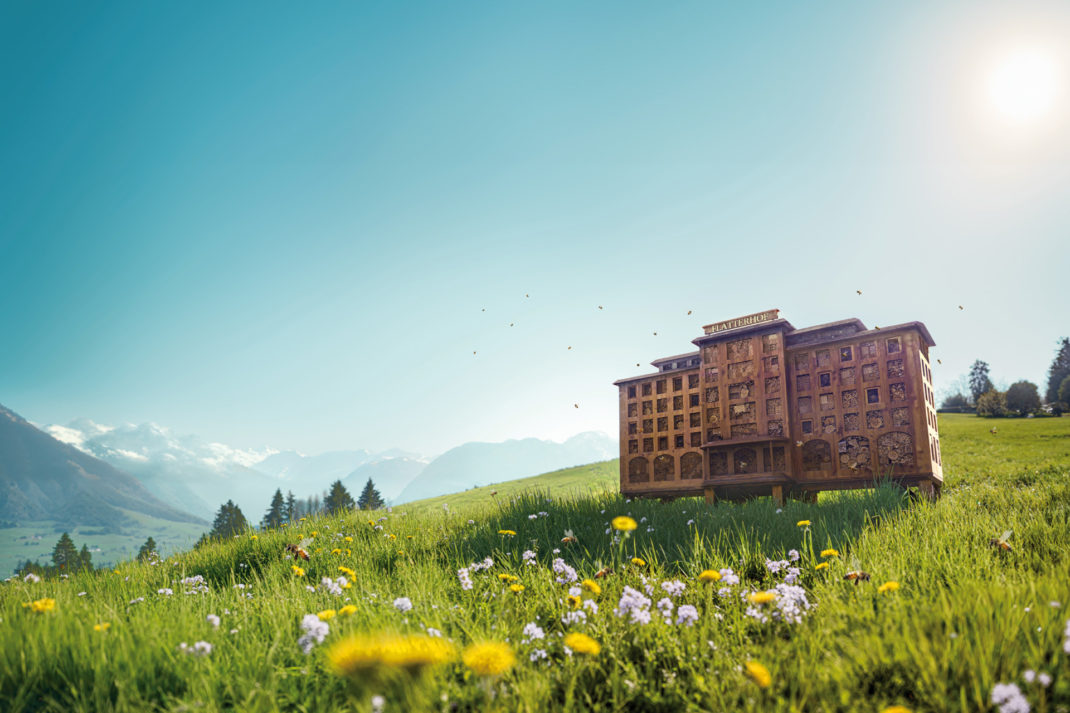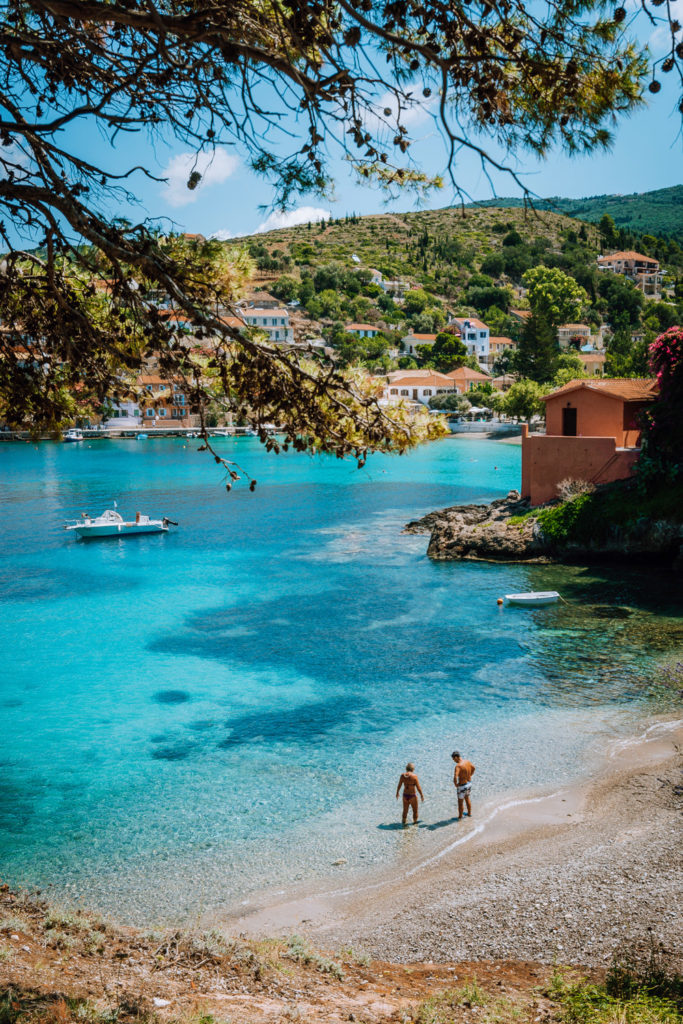Travel to Tanzania: Five-Night Eco-Safari
By
3 years ago
Fall to the call of the wild with this conservation trip around Tanzania

With pent-up wanderlust finally released, big ticket trips – with conservation at their heart – are inspiring travellers with cash to spend. Olivia Palamountain heads to the Ngorongoro Crater, Tanzania, for some animal adventures.
From the rim of Tanzania’s breathtaking Ngorongoro Crater, the mystery of what lies 2,000ft deep is eclipsed only by the suspense of scanning for game on the fertile plains and forest floor below. Some 35,000 animals live corralled in this natural ‘pen’ – zebra, several cats, gazelle, flamingo, leopard and even the elusive black rhino – all jostling for life in Africa’s great wilderness.
I’m panning across the landscape through a pair of binoculars when a huge male lion jumps into focus. Impassive as a sphinx, his battle-worn face is smeared crimson with blood and a fresh kill – a zebra – lies at his feet. The 4WD falls silent, chatter replaced by the thud of beating hearts as we gawp at the magnificent creature in front of us before moving on, giddy with adrenaline.
It’s a rush to see the big ticket game but encounters with the little ones don’t disappoint. The most unlikely and overlooked joker of the jungle has to be the warthog. Crowned with a blaze of bleached hair like your favourite 80s rocker, watching these sassy little tanks frolic en famille or genuflect to graze beats any blockbuster.
We bump and grind around the perimeter of Ngorongoro en route to Sanctuary Crater Camp, expertly navigated by our outstanding guides Dominic and Emmanuel, who manage to avoid the worst of the potholes while fielding 101 animal questions. Out of nowhere, a cluster of safari tents appears. A full bar gleams in the late afternoon sun, echoed by the beaming team, who get busy offering sundowners and canapés.
I’ve slept in my fair share of tents but they usually consist of a budget canvas, hastily erected at a music festival. Transport these digs to Glastonbury and you’d never bother with the acts. Another level of luxe, the tents are filled with beds that swallow you whole, private decks, a shower bigger than my own at home and hair dryers for that all-important safari-chic blow dry. The best bit about ‘camping’ here? Instead of being roused by some drunken moron and his tinny speakers, expect the gentlest of dawn wake-up calls from your personal butler, accompanied by steaming coffee and homemade biscuits.
In the common area, dinner is served family style. We swap stories over great bowls of beef stew, steamed tilapia, shredded cabbage with orange, coconut rice, mash and buttery carrots, blissfully unaware of the bush and its nocturnal creatures rousing all around us.
After a warming feast and a few large glasses of the excellent house wine, it’s easy to forget where you are – but the fact that all guests must be accompanied by a member of staff after-dark acts as a sage reminder: we’re not in Kansas anymore, Toto.
Heady and happy, I flop into bed, delighting in the knowledge that four Maasai warriors are guarding the camp, ready to wrestle with any rogue predators that stray too close. If there’s anything cooler than that, let me know.
Next stop? The Doffa Bike Shop in Karatu, a female-driven project from A&K Philanthropy that trains women (specifically single mothers and those living with HIV) as bicycle mechanics, fixing up imported second-hand bikes to be sold on for around 150k Tanzanian Shillings (£50-60). The team – Fabiola, Dora and Dora – resplendent in navy overalls, accessorised with chunky silver jewellery, present their handiwork. Soon, a bead shop and tourist cafe will join the bike shop to create a community hub – but that’s not what excites our hostesses the most.
‘Even the men come here to get their bikes fixed,’ giggles Fabiola, breaking into the most beautiful smile. Considering that most women do not work here, least of all in a hands-on, consumer-facing trade, these ladies are doing something both extraordinary and important.
There’s further interaction with Tanzania’s women over a cooking class with Nazay at her homestead deep in the forest. I’m decked out in vibrant, printed Kanga, then set to work on the likes of pilau – a spiced rice dish that arrived here via India, fragrant with crispy onion, cumin, ginger, cardamom, turmeric and tomato. Shy at first, when Nazay realises how much I love to cook, she gets into her groove, scoffing sweetly at my clumsy efforts to recreate her delicious signature dishes.
Over in the Tarangire National Park, a different sort of snack is underway. This area is renowned as elephant country and it’s moments before a huge multi-generational herd ambles past us, feeding on foliage as we motor past to Sanctuary Swala. A drop-dead gorgeous and eco-friendly permanent camp surrounded by ancient baobabs and acacia trees, with views over the savannah beyond, if magnificent Swala doesn’t move you, the staff will. I thought I had rhythm until I danced with these guys.
Game drives offer up incredible animal rendezvous, but a walking safari with Swala’s head ranger Joseph manifests low key treasures of the bush. Among trippy flashes of sapphire and emerald iridescence courtesy of the lilac-breasted roller, tiny cream butterflies and the hum of a million invisible insects are towering termite mounds reminiscent of Giacometti sculptures and myriad medicinal trees used for such things as treating Alzheimer’s or brewing beer.
It’s from the aerial heights of a hot-air balloon, however, that the most remarkable expression of Tarangire is revealed. From grumpy herds of buffalo and dazzles of peaceful zebra, to lonesome ostriches, meandering elephants and awkward galloping giraffes, this surreal and captivating view of the juxtaposing creatures that coexist here humbles us all.
Action-packed days unfold into dreamy nights spent huddled around the campfire, immersed in the tranquillity of the bush and drinking in the sky as it shifts from cerulean to pink then inky black, christened by a blaze of glittering stars. On our way back to civilization, Tarangire delivers its final flourish.
A pride of four juvenile lions rests on a bank beside the road, languishing under a tree, ‘waiting for their mother to return with dinner,’ says Emmanuel. They eye us up with nonchalant disregard. Spellbound, we linger, before continuing our journey through the park past sporadic totems of chalky bones that glow white in the heat of the day. Call me macabre, but there’s something beautiful about their eerie pallor, a stark contrast to the vitality of the world around them. A warning sign? Maybe. Or just a reminder that death comes for us all – so invest in living while you can.
BOOK IT: Abercrombie & Kent offers a five-night safari in Tanzania from £5,450pp with two nights at Ngorongoro Crater/ Sanctuary Crater Camp and three nights at Tarangire National Park/Sanctuary Swala Camp. Includes flights, guide and activities including canoe safari, walking safari, hot air balloon and visit to A&K Philanthropy project. abercrombiekent.co.uk
READ MORE:
4 Dreamy Tanzanian Stays For Travellers / The Best African Safari Lodges to Stay At












